An inexperienced repair wisdom of beginners is often incomprehensible to the purpose of some building materials or tools. If the word "Serpentanka" does not say anything, this article is for you. Let's talk about what this material needs, as well as how to use it correctly.
Serpian ribbon is a simple, but very useful thing in repair work. This is a mesh, whose canvas make up the twisted glass or lavsan. This material has long been used as a mandatory element of strengthening the design in construction work. The structure of the tape makes it impossible to accumulate under it with the subsequent formation of irregularities and "bubbles" on the working surface. The surface of the mesh covers a uniform layer of not drying the adhesive, due to which even the unprofessional can be used quickly and efficiently.
Purpose of Serpian tape
Serpyanka - versatile material that is used with equal success:
- with interior decoration;
- in the consolidation of the outer part of the wall;
- to rebuild the walls.
The main purpose of the use of self-adhesive serpyanku - reinforce the surface and to prevent the occurrence of cracks during the work on the interior decoration. Such ribbons glued joints fibreboard (hardboard), particle board, plasterboard and other building materials in sheet form. Serpyanku also easy and convenient to carry out the following activities:
- prokleivat corners, seams and cracks on surfaces made of concrete or plaster coated;
- fix the places where window and door frames are adjacent to the walls;
- reinforced walls and ceilings.
Types tape serpyanku
Practice shows that the urgent need for a variety of meshes for strengthening joints and corners there, so for those common features serpyanku, which today can be found on sale, are divided into the following types:
- tape for indoor use (it has a small cell and small width);
- feed for facade work outside the building (different large cells). Such serpyanku often glued to the perforated corners, and then buried the adhesive layer;
- fiberglass tape (during the appropriate interior and exterior);
- dacron tape (appropriate only within the framework of domestic work);
- narrow tape (width 35 - 50 mm);
- wide tape (width 50 - 250 mm);
- adhesive tape (with pre-applied adhesive layer);
- tape without the adhesive layer.
Structure serpyanok intended for indoor use, different cells of 2 to 4 mm. The material for the manufacture of such a tape are of small diameter filaments. Belt width serpyanku for interior works much smaller mesh width, which is used in outdoor applications. The main purpose of this self-adhesive tape - to fix and strengthen the joints between the sheets of HSC.
Cells serpyanok for use outside of a building having a size of 5 mm or more, the structure comprise yarns of greater diameter than that of tapes for use indoors. Often, such a tape is not adhesive layer - in the final stage of serpyanku usually embedded in the plaster for external insulation of the building, so the adhesive layer of the tape itself a major role in this situation is not important.
Features serpyanku
- Resistant to aggressive media.
- Exhibits high strength, withstanding significant longitudinal and transverse load.
- Emptizes the operational characteristics of the reinforced surface.
- Forms a solid adhesion with a binding mixture.
- Perfectly withstands vibration, shrinkage and shift loads and displacements.
- Firmly glued to the surface.
- It is distinguished by smooth geometry of cells, stable density and homogeneous weaving.
Dignities of material
Self-adhesive tape mass of advantages, among which must certainly note:
- The presence of a wide range of sizes.
- Easy to operate.
- Durability.
- Multipitation of impact resistance of the coating.
- Reinforcement and protection of the surface from cracking and preventing an increase in already existing cracks.
- Surface protection from air blown.
- Resistance to such factors as changing humidity and temperature differences.
- High resistance to the effect of alkalis.
- Lack of reaction to rust.
Perhaps self-adhesive tape in something and inferior to other strengthening elements (for example, the serpent loses paper tape according to the degree of strength), but the positive qualities of this grid listed above have proven it as a reliable and user-friendly material.
Silence selection subtlety
The basis of quality repairs - responsibly selected building materials for the house. Buying a sulfyan, consider the following aspects:
- The degree of fame of the manufacturer of this reinforcing material (the creation of a serpanka without exaggeration can be called a high-tech process).
- The presence on the packaging of the mesh information about the physicomechanical characteristics of the product.
- The presence of a certificate of compliance certificate, technical certificate of the Gosstroita of the Russian Federation and the hygienic certificate - a store where the grid is sold, should have all these documents.
- The presence on the rolon grid labels with information about the manufacturer and the field of product application.
Serpianki application
This self-adhesive tape is easy to cut the usual tool, and then easily glue almost any solution and any surface. However, with all the visible simplicity of the use of the serphanka in the application of this material, there are still some nuances that you need to know each wizer.
Using additional glue
One side of most sickles is covered with adhesive composition. But, frankly, it is not always possible to place hopes for the already applied glue. Although the grid is called self-adhesive, the standard glue is most often not enough to firmly glue it to the working surface, and this naturally will affect the quality of repair. Extra glue will help to avoid such trouble. The maximum fastening effect can be obtained by covering the serpanka with a dense layer of putty or plaster.
You can also securely glue the sickle with glue - suitable, for example, PVA or "Bustylate". However, user feedbacks suggest that the best ribbon attachment is to stick it precisely on putty. It is also conveniently because when using tapes for joints and seams, the putty will still be applied. In this case, the master has the perfect combination of materials, since there are no need for additional fixing compositions.
How to glue a tape on putty
This is an absolutely difficult process. If you are using a ribbon to fasten the joints of the drywall or foam, then all that needs to be done is to distribute a moderate amount of putty on the surface of this joint and then immerse in this mass of the sickle. The tape at the same time needs to be smoothed and tightly press to the working surface - to press it into the layer of putty, it is necessary as much as possible. The junction will "hold" so long how deeply the grid will be recessed. To work it was more convenient, you can use the spatula: Make the tool smoothing movements on the reinforcement ribbon of the serpanka, thus fixing the material on the basis.
Then hide the tape under the next layer of putty, and the serpent will be fixed more than reliably. On top of repairing the repair, the working surface is grinning sandpaper to give her aesthetic appearance.
How to glue the ribbon on the pva
If the serpent then and the case disappears or peeling, the problem is solved by an additional portion of glue. Best, approve professionals, rinse the grid with ordinary PVA glue. First, the sickle is fixed on the "native" layer of the adhesive composition, and from above are abundantly applying PVA. Do not doubt, the tape will stick well, but it is necessary to continue finishing work only after complete drying of the adhesive composition.
How to glue a ribbon on a long plot
With certain difficulties, the master faces when they need to fasten the sickle on the extensive area. If the tape is narrow, in the process of gluing it, as a rule, shifts, forming protrusions on the surface that should be smooth. What to do in this situation?
To make it easier to work, cut the sickle with small pieces. Remember that each subsequent segment of the tape must be applied to the previous piece with a small overlap at 10-15 mm. Similarly, placed sickle over the entire length of the joint.
How to glue the sickle on the joint of the sheets of plasterboard: Step by step instructions
After the installation and finishing finishes on the wall or ceiling of drywall in places of seams often appear cracks - most often the fault of that microvibration, which is not able to notice the human eye. The result of a strong vibration can also be peeling to spacing, which is in the joints of the drywall. In order not to encounter an unpleasant problem, to the issue of repair you need to approach more than thoroughly.
So, here is a list of tools and materials that you need during the work:
- putty knife;
- serpian ribbon;
- putty;
- knife or scissors.
Alternatively, instead of a self-adhesive grid, you can use a paper tape, however, many of the samples and errors still stop on the carp. Paper tape can not always protect the seams from cracks, while the serpent plays the role of durable reinforcement.
Getting to work:
- Cut from the sickle sickle a piece of ribbon of the desired length.
- Instruct putty, guided by the instructions specified on the package. Do not knead a lot of solution, as the material quickly freezes and becomes unsuitable for subsequent work. A well-diluted consistency spacing resembles whipped cream. As a result, you must have a solution of up to 1.2 - 1.5 liters.
- Armed with a small spatula, fill in a putty core of the joint, focusing on the length of the prepared segment of the sickle tape.
- When the seam is filled with a spreading solution, take a sliced \u200b\u200bpiece of ribbon and, applying it to a wizard, evenly press in a layer of putty along the entire length.
- Now type the spatula with a small portion of the putty and gently distribute it over the seam and the reinforcing grid. Spatula Place in the process of operation so that a sharp angle is formed between the working surface and the inner plane of the tool. Thanks to this trick, a putty solution will fall on the seam evenly.
- As soon as the putty dries, crush the renovated surface with the grinding machine or sandpaper.
Application of Serpian Tape: Useful Tips
By repairing repair work using self-adhesive tape, it is important to consider a number of recommendations that will enable installation without any complications.
- The sickle ribbon must be stored in a hermetic package, which will protect it from dust particles and premature drying of the adhesive composition.
- By sticking the ribbon to the working surface, be sure to pay attention to the density of the sulfur adjunct density to the base, otherwise you will receive noticeable layers on the wall or ceiling - they will certainly need to align them.
- The formation of scrops under the ribbon is another problem that is better not allowed. After some time, the voids cause the appearance of cracks on the mounting seam.
- Slicing a piece of ribbon from the meama, try to be squeezed by individual long threads from the web - they will disturb the integrity of the putty layer and take you inconvenience during the finishing work. Permissible to fall out the ends of the lighter.
By numerous reviews, it can be concluded that the serpent tape is a fairly simple and convenient material for mounting cracks, joints and seams on the walls and stream. With its help you can repair quickly and efficiently. In this case, you do not have to have any specific skills. The main thing is to choose quality materials (sulfyan, glue, putty) and follow the recommendations of those who have already had such experience.
How to close the sheets of HSC with the help of a sickle. Video
The order of work on the sealing of seams of plasterboard sheets clearly demonstrates video.

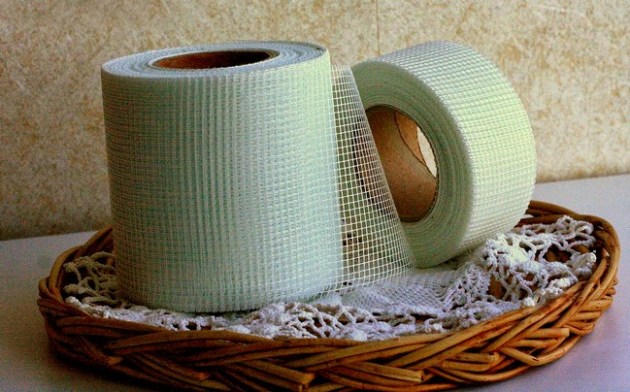
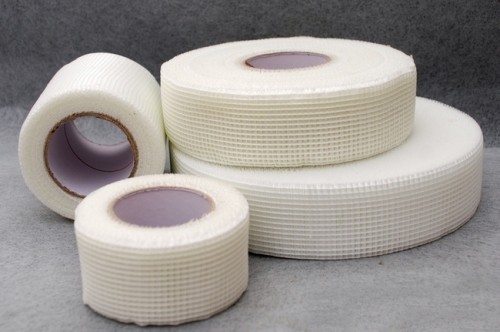
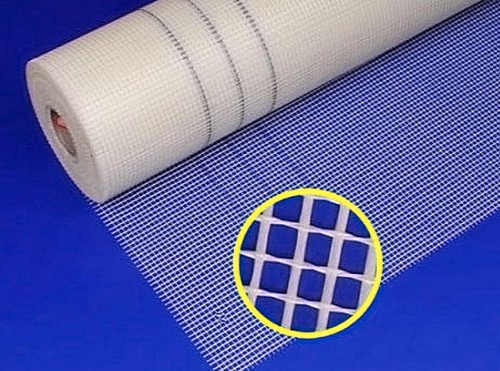
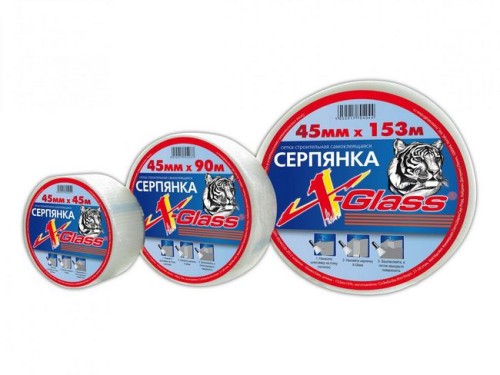
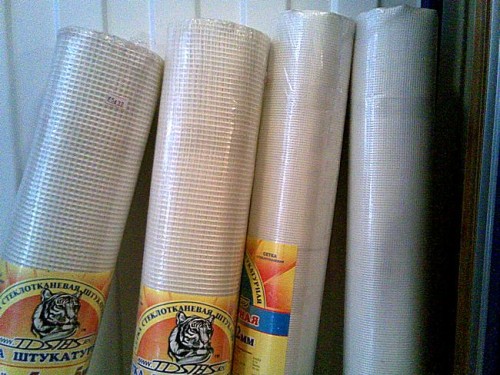
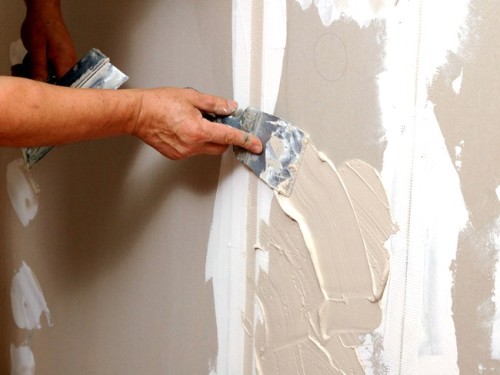
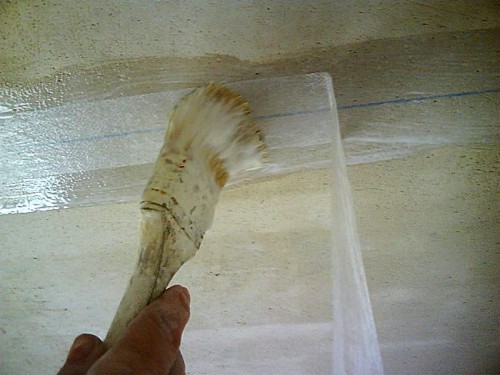
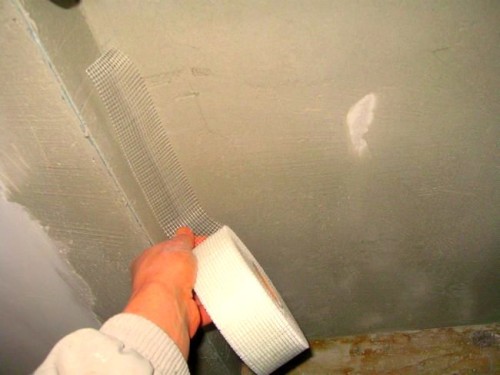
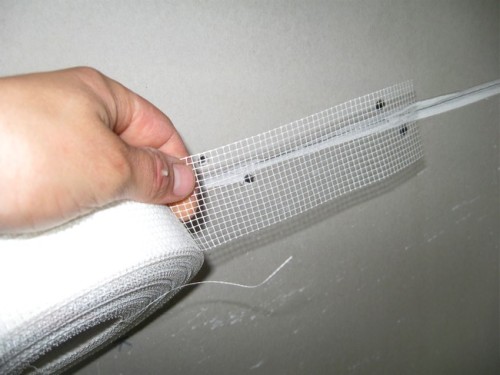

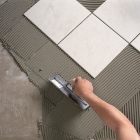



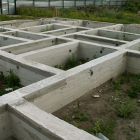


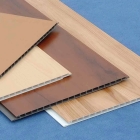
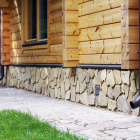
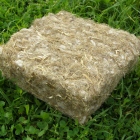
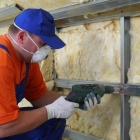
 Start a discussion ...
Start a discussion ...